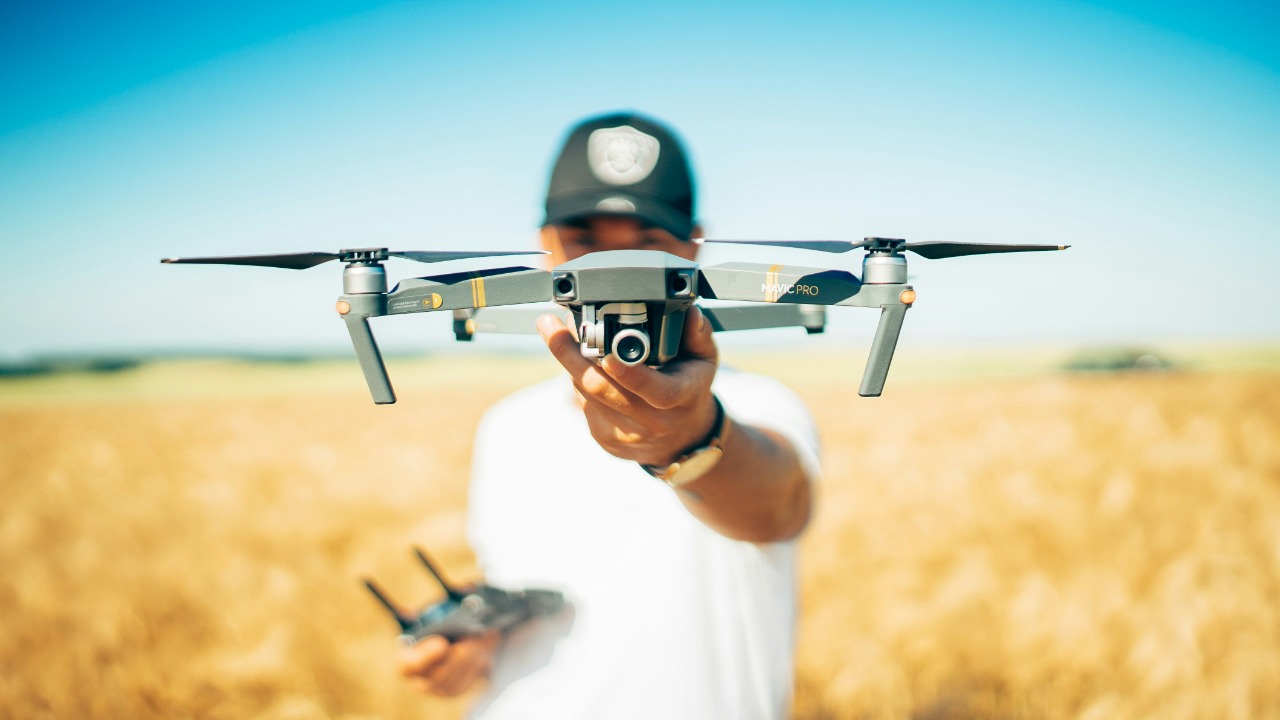
As drones become increasingly popular, governments around the world have enacted laws to regulate their use. While most rules focus on safety and privacy, some laws might catch you by surprise. Here are seven peculiar laws about drones that you may not have heard of.
No Drone Flying Over Royal Parks
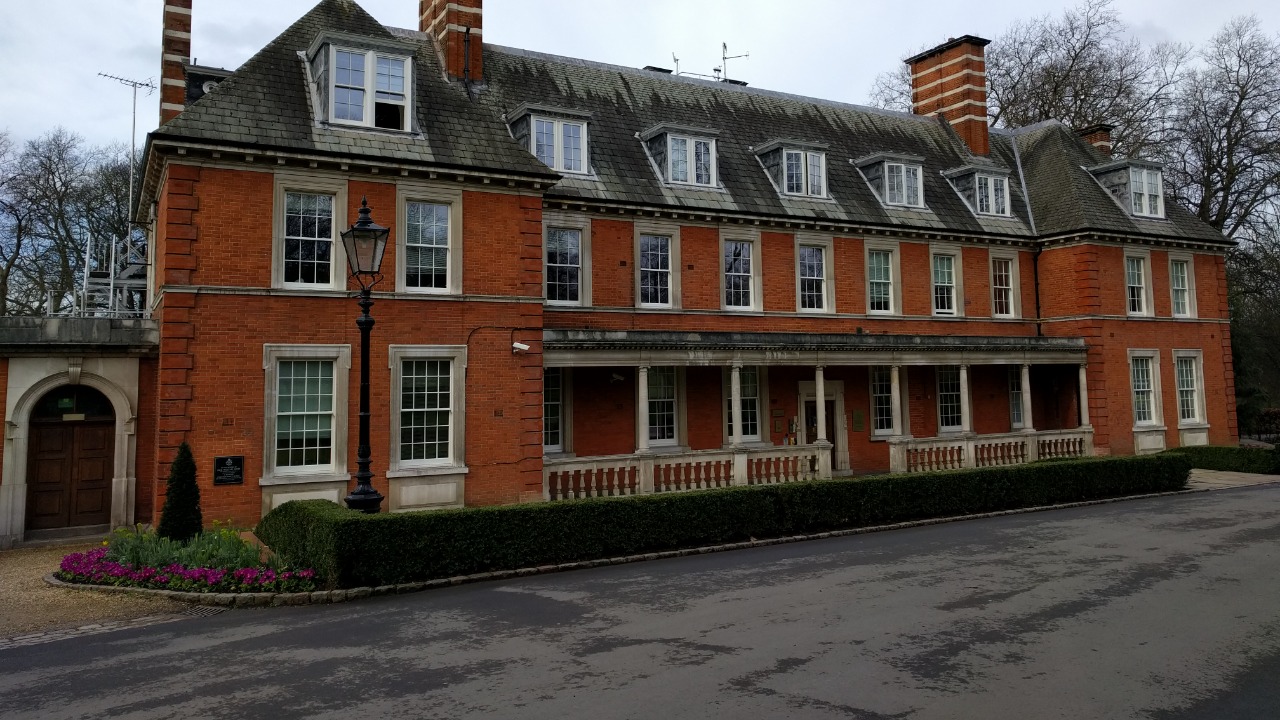
In the United Kingdom, flying a drone over Royal Parks is strictly prohibited. These parks, which include iconic locations like Hyde Park and Kensington Gardens, are protected areas where drones are not allowed to disturb the peace and serenity. The law aims to preserve the natural beauty and tranquility of these parks, shielding them from the noise and potential hazards of drones.
Violators of this regulation can face fines and confiscation of their drones. The UK government emphasizes that this measure is crucial to maintaining the parks’ historical and environmental integrity. Drone enthusiasts are encouraged to explore other locations that are more drone-friendly and compliant with local laws.
No Drones Within 5 Miles of an Airport
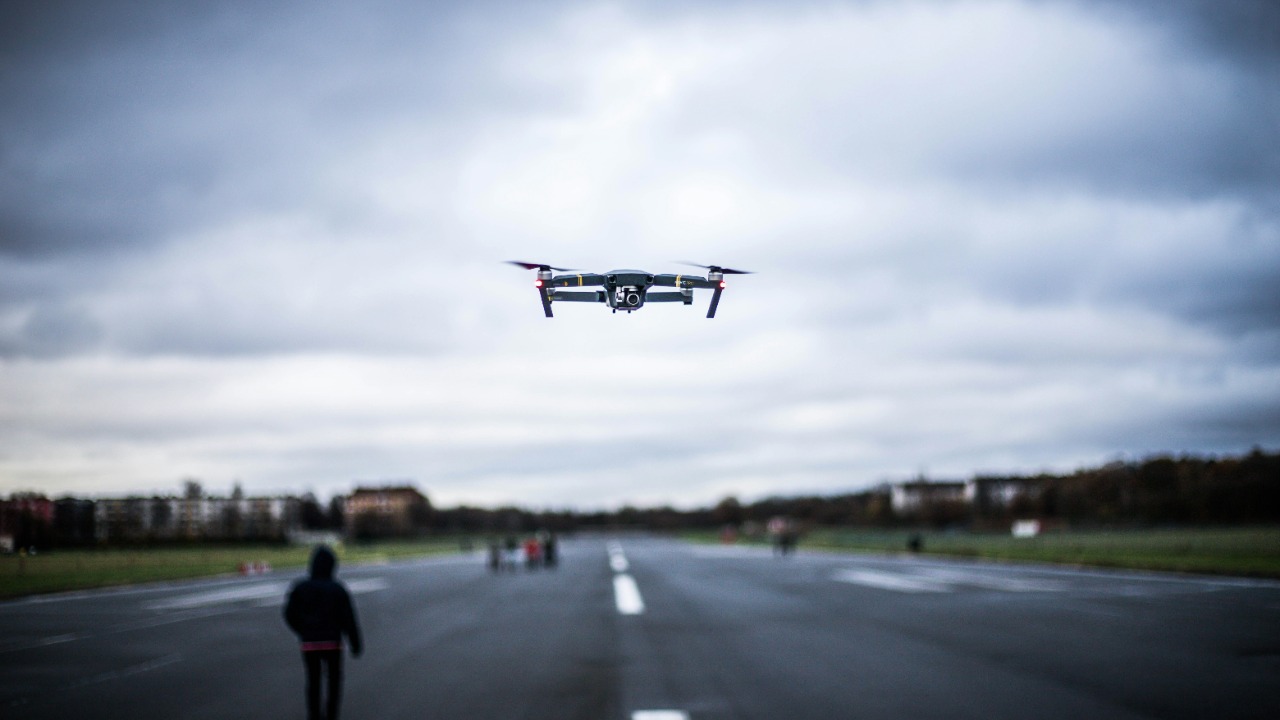
One of the most common drone regulations worldwide is the prohibition of flying within five miles of an airport. This rule is designed to prevent dangerous interference with manned aircraft operations. In the United States, the Federal Aviation Administration (FAA) strictly enforces this rule.
Drone pilots must always be aware of their proximity to airports, as violating this law can result in severe penalties, including hefty fines and potential criminal charges. Authorities encourage drone operators to use apps that provide real-time information about no-fly zones.
No Drone Deliveries After Dark
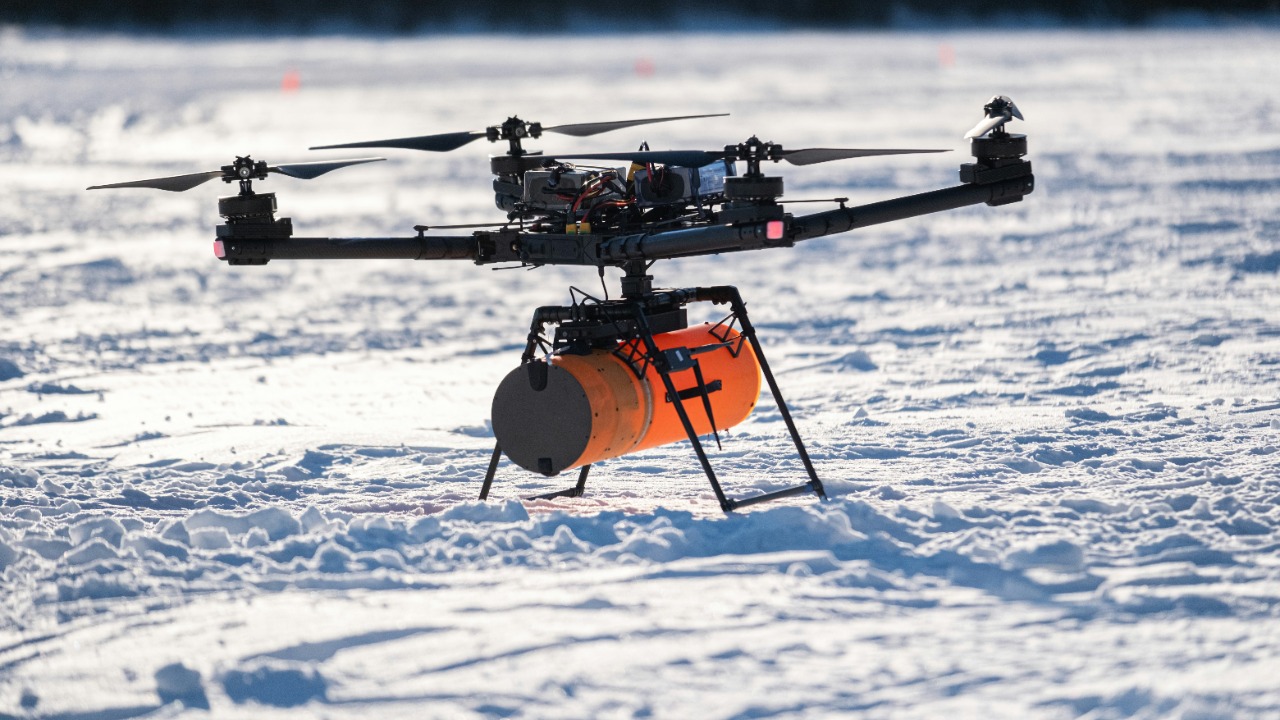
In some regions, using drones for deliveries after sunset is prohibited. This regulation is intended to prevent accidents that could occur due to limited visibility at night. The ban also aims to reduce noise disturbances in residential areas during nighttime hours.
While companies like Amazon are exploring drone delivery services, they must adhere to local laws that restrict nighttime operations. As technology advances, these restrictions may evolve, but for now, drone deliveries are largely confined to daylight hours.
No Drone Use for Hunting Wildlife
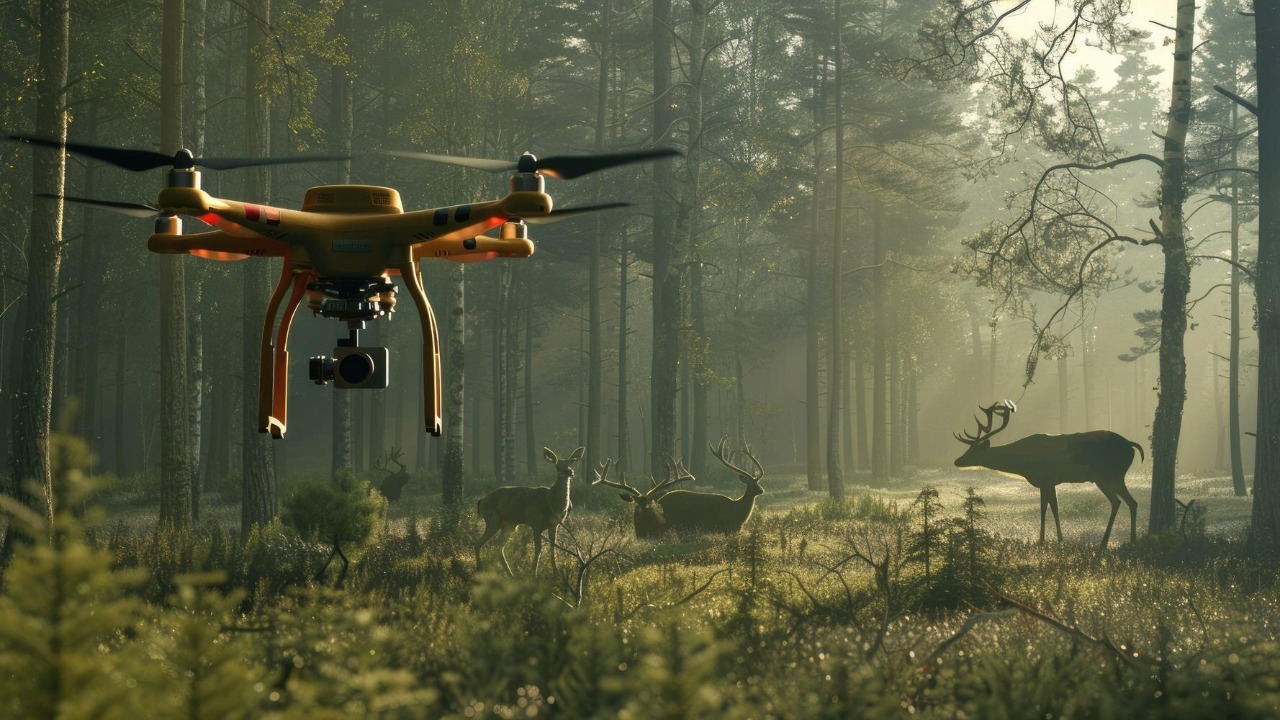
In many U.S. states, using drones to hunt or harass wildlife is illegal. This law is in place to protect animals from being unfairly targeted and to ensure ethical hunting practices. The state of Pennsylvania, for instance, strictly prohibits the use of drones for scouting or hunting wildlife.
Conservationists argue that drones can disrupt animal habitats and stress wildlife, leading to unintended ecological consequences. Hunters are advised to rely on traditional methods and to respect both wildlife and the natural environment.
No Flying Drones Near Emergency Response Areas
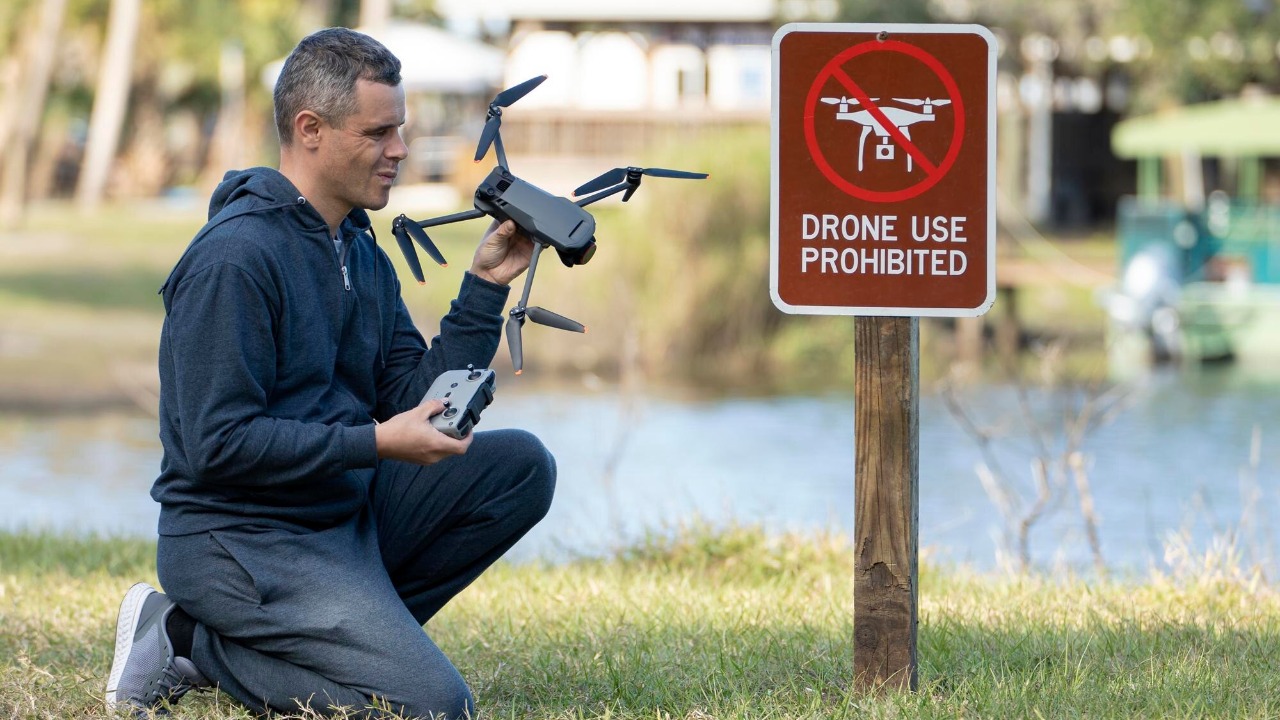
During natural disasters or emergencies, flying drones near response areas is often prohibited. This rule ensures that emergency services can operate without interference and that rescue efforts are not hampered by unauthorized drones.
Many authorities issue temporary flight restrictions during emergencies, and drone pilots must stay informed to avoid these zones. Violating this rule can result in significant penalties as it poses risks to both responders and those in need of assistance.
No Drones in National Monuments
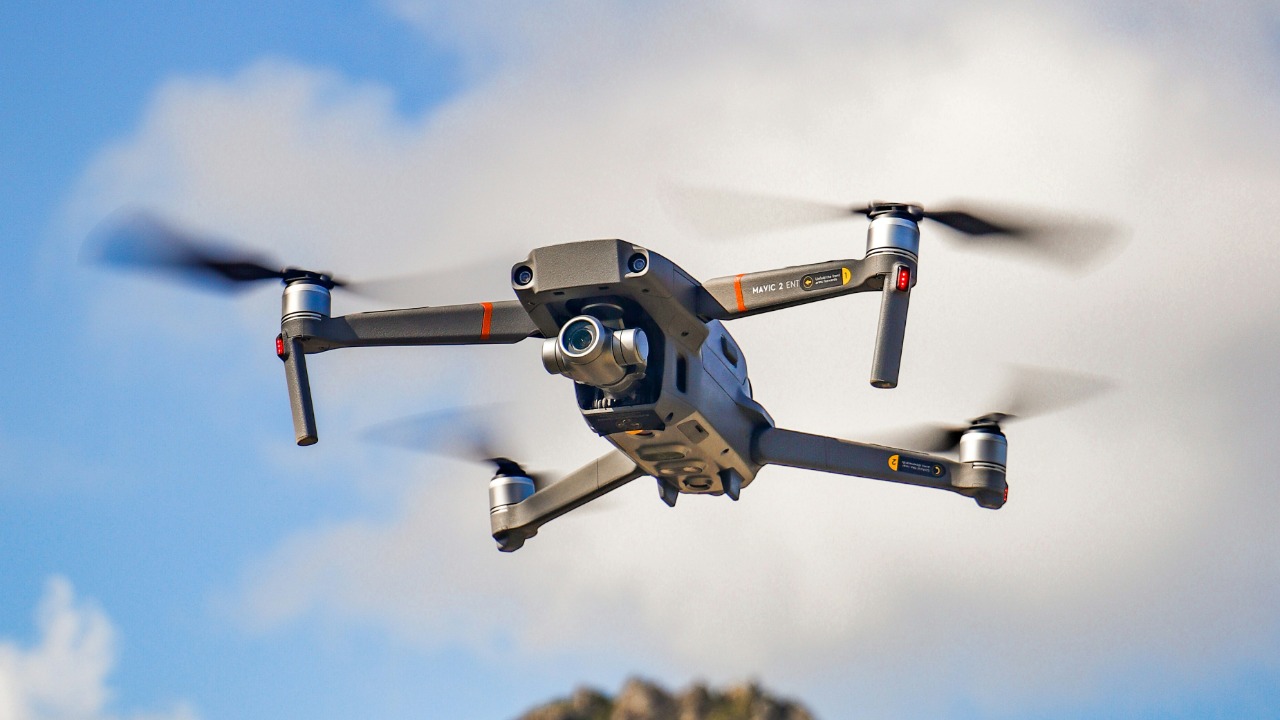
Flying drones over national monuments is typically banned to protect these cultural and historical sites. In countries like the United States, this restriction is part of broader efforts to preserve the integrity and experience of visiting national monuments.
Drone operators who ignore these rules not only face fines but also risk damaging irreplaceable landmarks. Enthusiasts are encouraged to capture drone footage in designated areas that do not compromise national treasures.
No Drones with Night Vision Attachments
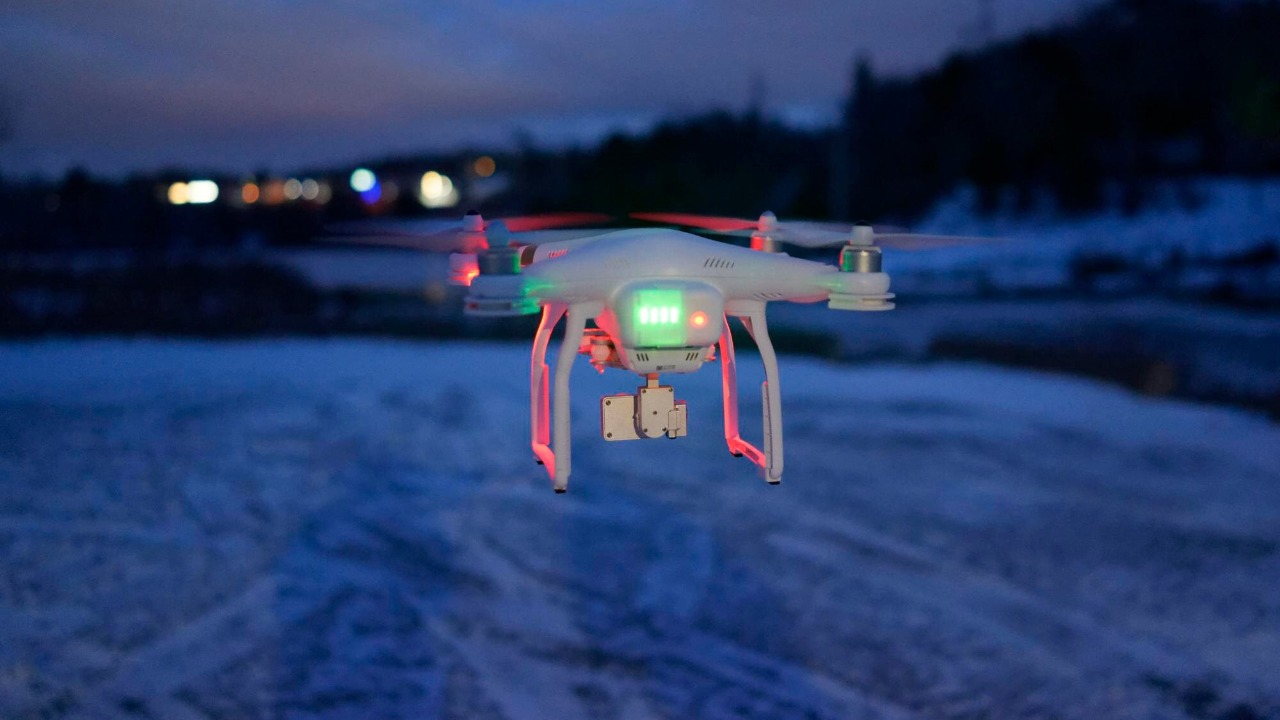
In some jurisdictions, drones equipped with night vision or thermal imaging cameras are prohibited. This law aims to protect privacy and prevent surveillance activities that could infringe on individual rights.
The ban on night vision attachments highlights concerns about drones being used for unauthorized spying. Operators must ensure their drone setups comply with local laws and respect the privacy of others when flying.